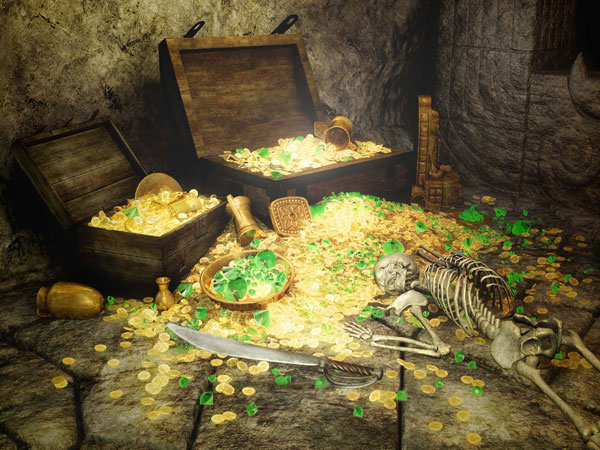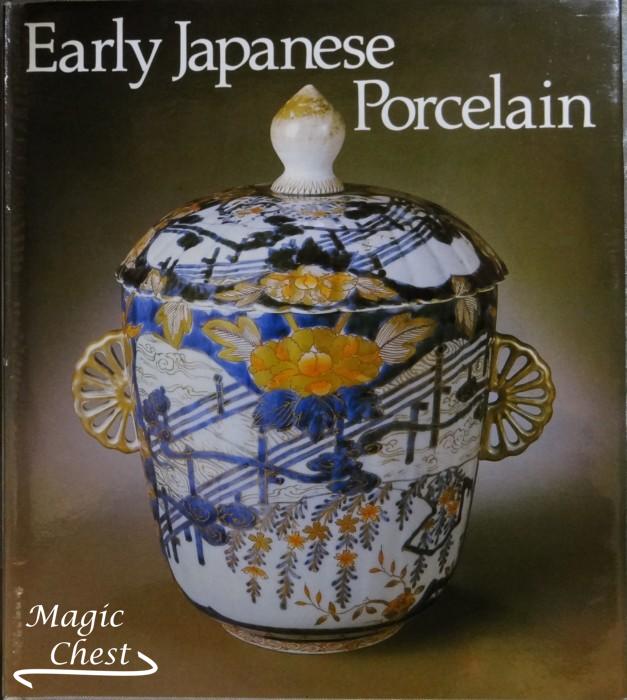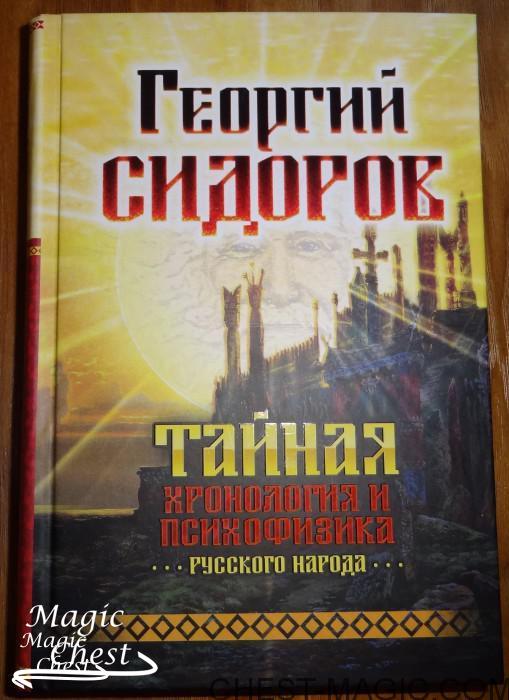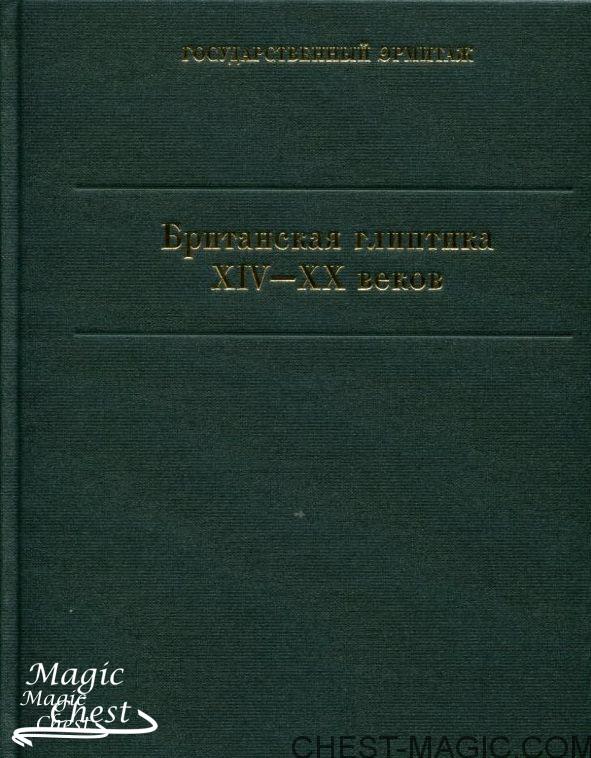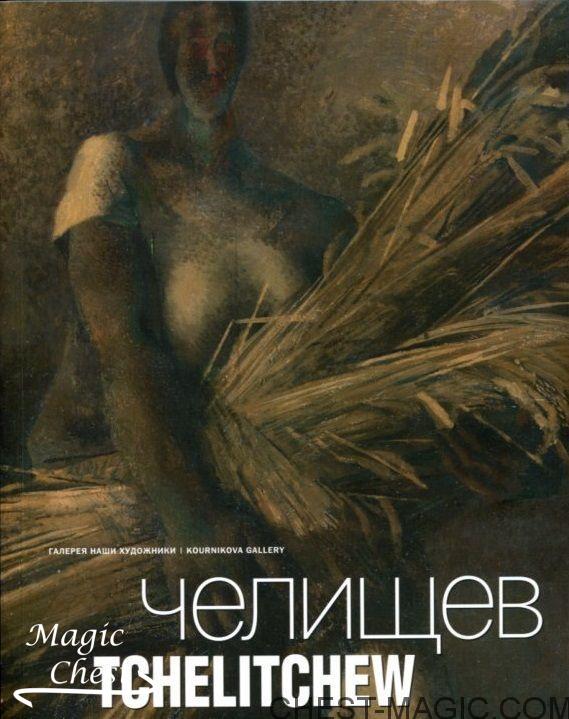- "Аверс 8. Каталог-определитель советских знаков и жетонов 1917-1980 гг" не помещается в корзину, так как этого товара нет в наличии.
2,550 руб.
Место издания: Germany, Leipzig
Год издания: 1981 г.
Объем: 156 стр.
Язык: английский
Тип переплета: твердый, суперобложка, картонная коробка
Формат издания: 200х225 мм.
Иллюстрации: цветн.иллюстр.
Состояние книги: отличное, см.фото
Наличие: в наличии
Product Description
Arita porcelain in the Dresden Collection.
Ever since the sea route to the Far East was discovered in the 16th century, Japanese art has enjoyed three periods of recognition and imitation in Europe. The first was in the age of Baroque when royal apartments were adorned by splendid examples of Japanese porcelain and lacquered furniture. Then in the 19th century Japanese coloured woodcuts and decorative articles pointed to a way of overcoming the trend towards historicism, and, finally, in the present day and age, where above all Japanese tea ceramic wares are exerting a great influence on ceramic art.
The Japanese items in the Dresden Porcelain Collection (Dresdener Porzellansammlung) were acquired mainly in the first of these three periods. They comprise about a thousand pieces and thus constitute not only the largest collection outside their country of origin, but also a highly important source especially for research because of their provenance, documented well in the past. Like other Dresden museums, the Porcelain Collection can be identified as a creation of the 18th century, in so far as it reflects the tastes of collectors of the time as well as what they either did not know of or did not acknowledge. The most prominently featured products of the n still young Japanese porcelain industry are mainly those bought in Nagasaki by the Dutch East India Company, in other words, those from the private factories in the town of Arita. That is why the early products in underglaze blue in the Korean style are missing. These were made before any porcelain trade worthy of mention had been established and in any case would not have corresponded to the current European fashion. Porcelain from private royal workshops is also not represented, as it was not allowed to be sold. And porcelain ware from Kutani in central Japan is missing, too, apparently because it was unknown in the southwest of the island empire. The present work should be studied with the following reservation in mind: it does not attempt to present a survey of the history of Japanese porcelain from its beginning to the present day. Its aim is rather to publicize widely for the first time the most important collection-art least outside Japan-of old Arita porcelain and at the same time point out the influence that the «whte gold» of Nippon was already exerting in the 18th century on European porcelain design.
Ранний японский фарфор.
Подробный исторический обзор раннего XVI-XVIII века японского фарфора. 101 цветная иллюстрация.


